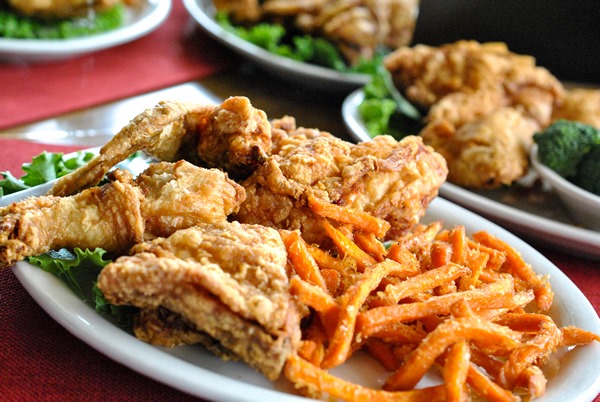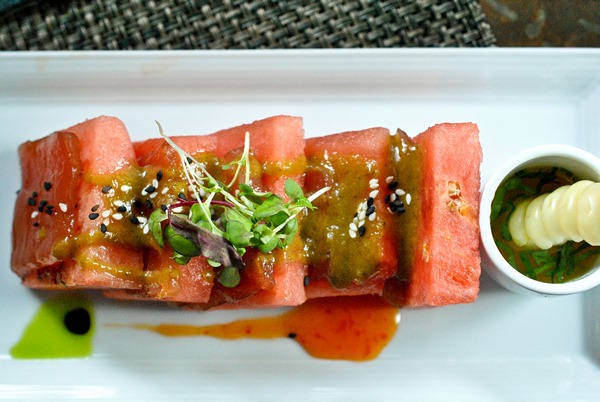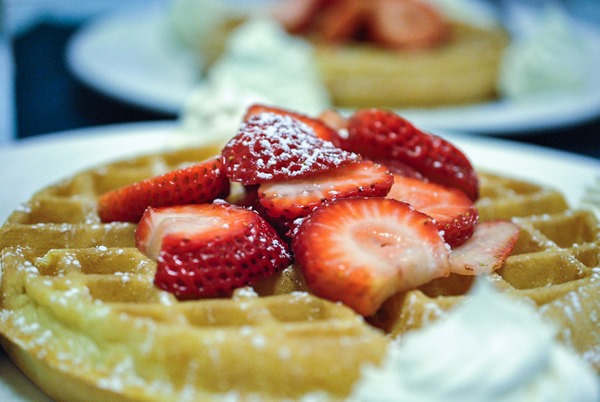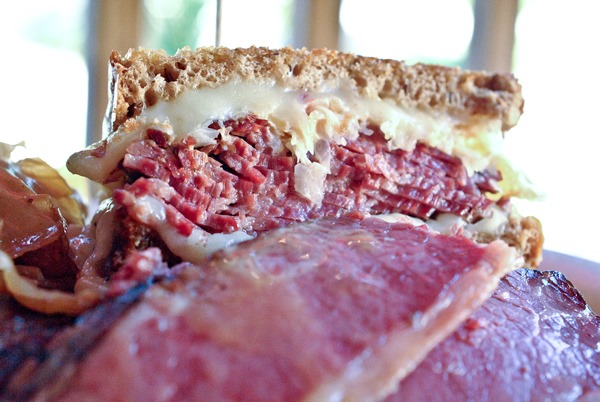
It’s Amazing and Awesome, Really?
Old habits die hard in the lexicon of fashionable words.

Please look closely at the image above.

Here’s another. Look closely.
One more…

All three have something in common. Do you know what it is? It may be hard to see the thing that links these three seemingly disparate food images, but it’s there. Give up. OK, I’ll tell you. All three of the dishes pictured above are both AWESOME and AMAZING! Really, they are.
By now, my food-savvy readers are probably thinking, “What’s really going on here”? Well, here’s the answer.
Go ahead, read a food review. Any food review, but this shines brightest with the online variety (mine included, unfortunately). I’m all but certain that those two bolded expletives will jump off the page at you. Right in your face. They’re sooooo easy to use. They flow from the keyboard like silky clarified butter. They take very little effort at all.
But here’s the rub. What the hell do they mean? I know Webster’s definition. I guess the question really is “What do they mean when it comes to describing food”? They may be two of the least descriptive words I know when it comes to food narrative.
Lets try an exercise. Close your eyes (not if you’re driving. Hey, you shouldn’t be reading and driving anyway). Imagine one of your favorite dishes sitting right before you. Imagine it in all of its glory. Smell the smell. Imagine the taste. Remember the food memories it evokes.

Now, open your eyes. Let’s talk about your experience. I’ll throw out some adjectives. Ready? Savory, sweet, cheesy, doughy, fruity, aromatic, tangy There are literally hundreds of these types of words. Did you notice what they all have in common? Yes, they actually describe food! They give you an indication of what you may experience if you happen to consume that particular dish. It’s like a sneak preview of the movie you’re about to see.
Don’t misunderstand me. I have absolutely nothing against AWESOME and AMAZING, I’m sure their parents love them. And, used the proper way, they’re, well, amazing. The problem is they could just as easily be used to depict a roller coaster ride as they could a plate of the tastiest Brown Butter Pasta to ever roll out of the finest Italian kitchen.
Are you starting to get the point (and to see the problem)? AWESOME and AMAZING are copouts! Pure and simple. We use them (me included here) to avoid doing our job. We should be painting beautiful, descriptive, food-centric scenes for you to indulge in. Rather, we sometimes toss out overused non-descriptive words that mean next to nothing in a cuisine context. [END RANT HERE].
OK, we’ve established the problem. What about the solution? For me, it’s simple, or hopefully so. Its a resolution. I would rather not categorize it as a New Year’s resolution. Those are easy to run away from. Its more the turning of a new leaf. A change of writing perspective. A wake-up call.
Here we go. “From here forward, I will do my utmost to use words and phrases in my writing that actually describe food! And will attempt to avoid language that could just as easily be used to say nothing at all.“
There I said it! And, boy, do I feel AMAZING (or was it awesome?) 😁
A couple of adjectives in dictionary.com’s thesaurus for awesome and amazing are: astonishing, breathtaking, overwhelming, wonderful, impressive, incredible, etc. Now those I understand. I think I’d rather have food describe by those words than chewy, crispy, fattening, greasy, edible, fishy, gooey, infused, blah, blah.